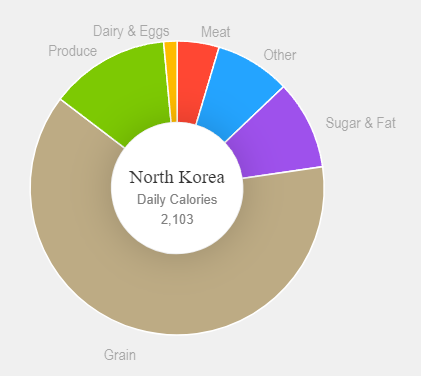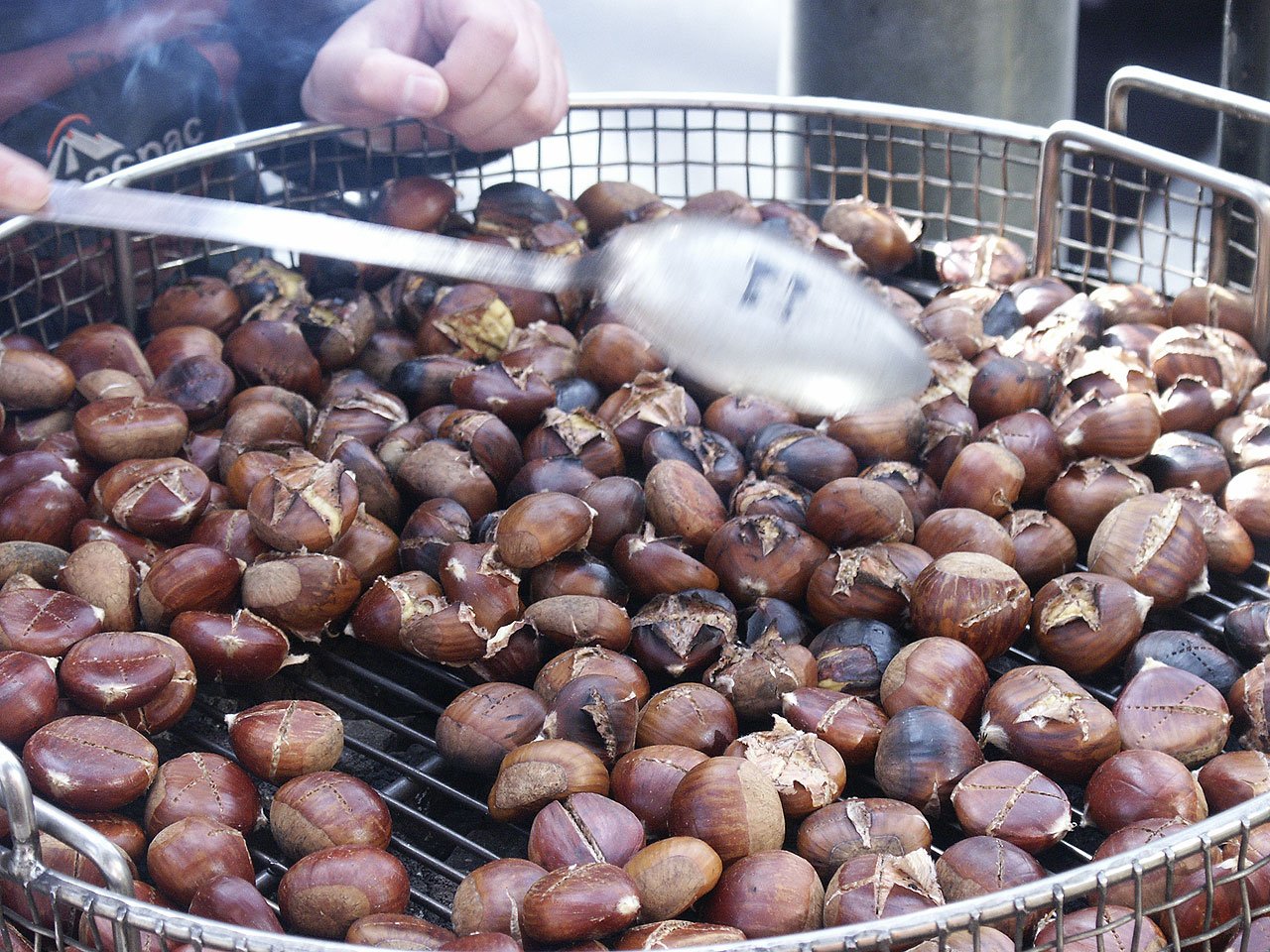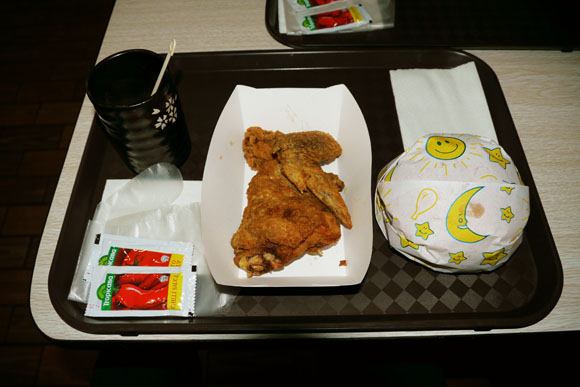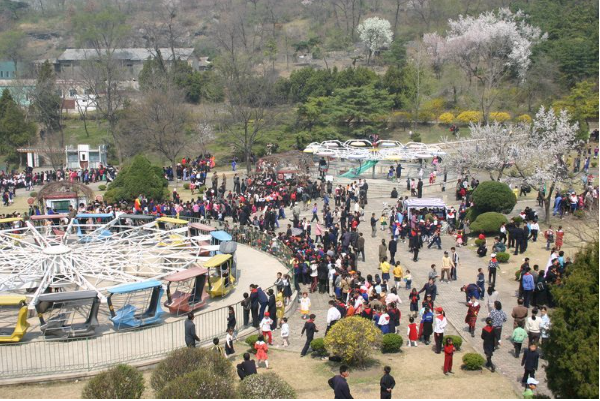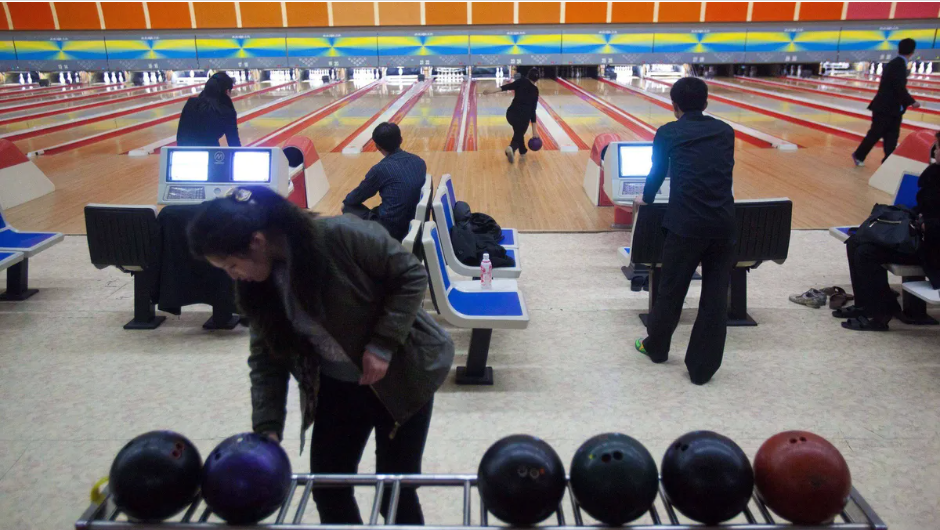Key Takeaways
- The sanctions imposed on North Korea by the US and the UN did not prevent the country's leadership from importing luxury goods. North Korea still has access to about 90 countries that offer alternative import routes.
- The C4ADS report attempts to track about 800 luxury vehicles that traveled from Europe and eventually arrived in North Korea. These cars went through illicit and licit hands as they embarked on a journey through China, Japan, South Korea, and Russia, and finally arrived in North Korea.
- Foreigners refer to the Chicken Specialized Restaurant as "KFC" because of how similar the chicken is to what the US brand offers. Additionally, these local fast-food restaurants offer an alternative to Korean cuisine.
Introduction
This research presents three western products/brands that are imported into North Korea despite the sanctions imposed and three that are not available in the country. For each of these, we have provided a brief description, examples of brands/products as applicable, and alternatives for those that are not available. The research team defines "available" as items that can be legally accessed and used within North Korea despite external sanctions whereas "unavailable" has been used to define items/products that are not legally traded or widely accessible (to the general public or at least the wealthy class) within North Korea. These are items that have also been banned by the leadership and could have severe consequences if one is caught. Additional insights into our research paths have been provided in the Research Strategy section at the end of the report.
Western Brands/Products Available in North Korea
- Despite the sanctions imposed on North Korea, the country can still import luxury goods through sophisticated networks. Despite the UN's prohibition, North Korea has access to about 90 countries through which it gets access to these goods. North Korea uses the same channels that are used to transport contraband to bring luxury goods into the country. This section of the report focuses on products that are legally imported into the country, from the perspective of North Korea's leadership. Although the routes addressed here would not result in direct trade with the country of origin, North Korea's government does not consider it illegal.
- Pyongyang is the hub of the elite and the affluent. The people here have large amounts of disposable income in sharp contrast with those in the rural areas. Most North Koreans are too poor to afford luxury goods, with over 40% living below the poverty line in rural areas. However, in the city, there are stores that specialize in luxury goods. These two department stores sell their products in cash transactions only. The products here range from alcohol to jewelry to perfumes. These luxuries are enjoyed by the ruling elite.
- Kim Jong Un seeks to please the elite in an attempt to keep them loyal and sweeten the deal. Additionally, he points out that sales of these goods play a great role in financing the military's efforts toward nuclear material and missiles. He imports various goods for his family and gifts for those that prop him up. These luxury goods include "expensive musical instruments, high-quality TVs, sedans, liquor, watches, and fur."
- The profits from these stores go to Office 39. The research team has provided a list of these products below with some insight into how these products are brought into North Korea and/or how they are sold/distributed within the country. In 2017, an estimated $640 million was spent on luxury goods in North Korea. In 2016, a similar amount was spent: an estimated $666 million. There had been a steady growth in the luxury goods sold in North Korea. Since Kim Jong Un took leadership in 2012, he has played a great role in these sales, accruing a total of $3.36 billion in his first five years.
- Within the first five years of Kim Jong Un's rule, the sale of cars increased by 31.7%, as the second-most sold luxury item in North Korea. This increase was witnessed between 2016 and 2017. In 2016, the amount of transactions involving cars was second to electronics, amounting to $204 million.
- Mercedes-Benz is considered the most luxurious car by the elite in North Korea. The government used to buy these cars and gift their top cadres. Mercedes-Benz cars were given to the nation's top officials, which had the 7.27 license plate. Additionally, "high-ranking military cadres, legion commanders and political commissars receive Benz C-class sedans and G-class SUVs."
- About a decade ago, the leadership spent $8.2 million on luxury watches. In an article released in 2017, there was a shelf in the store that was dedicated to Montblanc products, a German brand, displaying a watch that would cost slightly over $4,000. According to Richemont, Montblanc's parent company, the brand does not trade to/with North Korea, asserting that they may be obtained through unauthorized channels, maybe second-hand, or even counterfeit. Nonetheless, somehow, this company's products, ranging from watches to jewelry to leather goods were sold in North Korea.
- The sale of watches witnessed an increase of 47.8%; the fastest-growing luxury item in North Korea. This increase was witnessed between 2016 and 2017.
- The elite in North Korea has access to imported electronics. In 2016, electronic products made up over half of the total transactions in luxury goods: $340 million. Government officials in North Korea have access to the open web and even own iPhones. Despite the sanctions placed on North Korea, they are still able to get their hands on the iconic American brand, Apple. Other phones detected in this region include Samsung and Huawei.
- High-end electronics are considered luxury goods by the US Department of Commerce and would fall under the sanctions imposed on North Korea. However, the UN leaves some room for interpretation by individual countries. As a result, these items could come into North Korea through one of its trading partners such as China. China does not recognize the definitions and interpretations of "luxury goods" as provided by other countries. As a result, this loophole can be manipulated to import goods into North Korea.
- Notably, North Korea could have legally imported computers and other electronics from the US. In 2014, it was estimated that North Korea purchased 350 computers legally. The fondness for Apple products in North Korea is evident. This is also evident in one of the homegrown operating systems that has a close resemblance to MacOS.
- The leadership imported $30 million of alcoholic beverages about a decade ago. A year-long investigation carried out by NK Pro reveals several types of luxury goods being sold in North Korea. One of these products is alcoholic beverages: Premium blended whiskey. In 2-16, liquors were the third-most transacted luxury item in North Korea, with a total transaction of about $33 million.
Western Brands/Products Unavailable in North Korea
- This section of the research focuses on products or brands that are illegal in North Korea. It addresses how the people of North Korea navigate the risky illegal markets to get access to their products or the alternatives being manufactured legally within the country. The research team has provided a brief description under each item addressing these aspects of the research.
- Coca-Cola is sold in every country around the globe except in Cuba and North Korea. Prior to the Korean War of 1950-1953, Coca-Cola used to be legally sold in North Korea. During this war, the US imposed trade sanctions on North Korea. Additionally, these sanctions were further tightened after North Korea bombed South Korea in the 1960s. Since the Korean War, the beverage has not been sold in North Korea. Some could still illegally get Coca-Cola in North Korea even though it is not legally possible to bottle or sell it.
- North Korea produces its own soft drinks as an alternative to Coca-Cola. Air Koryo, an airline that flies both locally and internationally, has also stepped into the manufacturing space. It produces fizzy drinks that are sold across various locations in the nation as well as provided in-flight. The two cans below are quite similar to Coca-Cola and Fanta.
#2. "Clothes that Represent Capitalist Ideas"
- While it is known that selected fashion items are illegal in North Korea, the complete list is not publicly available. However, Rodong Simun, a state-run newspaper, publishes directives banning clothes "that represent capitalist ideas." The rules are enforced by government-run groups such as the Socialist Patriotic Youth League (SPYL), dubbed by the media as "fashion police."
- These groups typically monitor for items ranging from various types of jeans and miniskirts to t-shirts with English letters. Some sources report that those who get caught can be punished with a shaming session or even imprisoned, while others claim that offenders have to give a written confession at a SPYL office and wait there until someone delivers "appropriate" clothing they can change into, though it also notes that in some cases, their personal data may also be revealed during the Third Broadcast to shame them.
- However, prohibited clothes are still in demand. Local "fashionistas" typically have access to private sellers and buy such items at their houses. Young people want to look like those they see in foreign films, while the wealthy are said to dress according to "their interpretation of how wealthy Chinese people dress" which includes shirts with English words, bright colors, and blouses with studs.
- Overall, those who dress according to the rules tend to choose conservative clothing, often black or grey. It is usually made of vynalon, a synthetic fiber manufactured in North Korea, which is stiff and difficult to dye. Furthermore, clothes in official department stores are often Chinese counterfeits of popular brands.
- When walking through the streets, one may not come across notable brands such as KFC, McDonald's, or Starbucks. Instead, there are restaurants coming up that serve similar products. According to the leader of the Republic of Korea’s Democratic Party, opening a McDonald's could potentially impact the relationship between the US, South Korea, and North Korea. However, despite these efforts, other regions have still had to deal with conflict despite the presence of western brands on their streets.
- The notable western fast-food brands do not have branches in North Korea. However, restaurants that serve pizza and hamburgers have been on the rise, offering an alternative to Korean cuisine. One of the local stores that have become known as "KFC" by the foreign nationals residing there is called Chicken Specialized Restaurant.
Research Strategy
To provide adequate information, the research team has had to provide information from sources that are older that our typical recency limit of two years. Some information addressed the history of North Korea and how the sale of various products has evolved. These sources would therefore be older than expected. Another reason for limited recent information could also be the fact that North Korea is still a closed nation and would have very limited information available.





